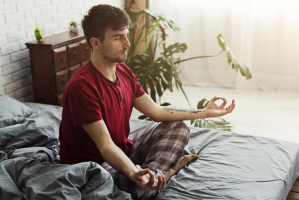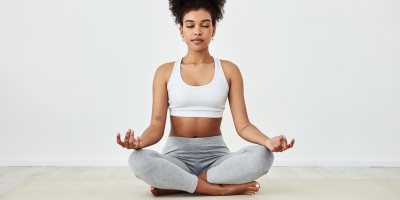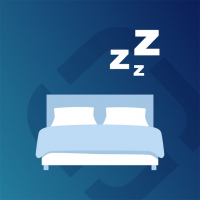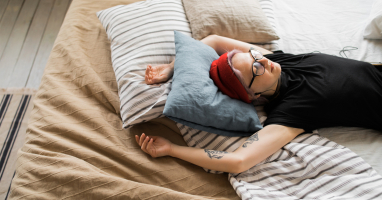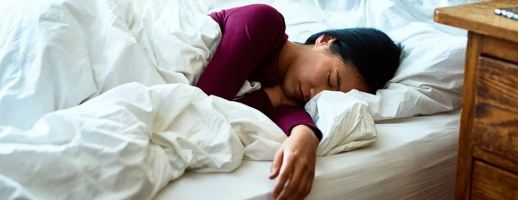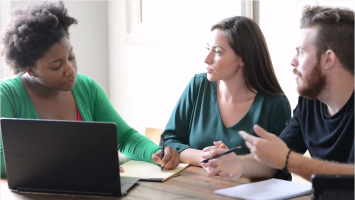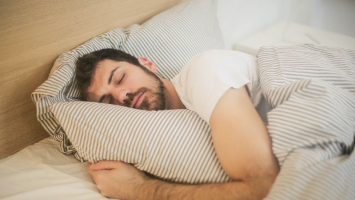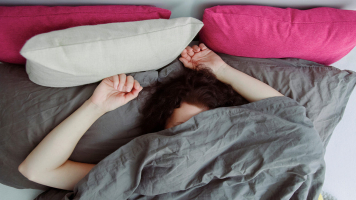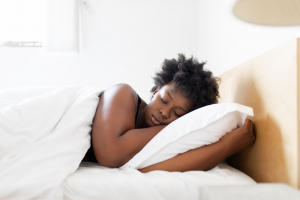Top 10 Therapy Techniques for Improved Sleep
Despite growing evidence that sleep is essential for mental health, few of the millions of Americans who are experiencing difficulties sleeping choose to try ... read more...sleep therapy. Let's find out some of the Therapy Techniques for Improved Sleep below to have the right option for yourself!
-
Recognizing negative beliefs that may be contributing to your sleepiness is often the first step in changing sleep habits. Negative thoughts can cause sleep disruption in a variety of ways.
Negative self-talk can take many forms, here are a few examples: "I'm not going to sleep a wink tonight."; "Why am I so terrible at falling asleep?"; "If I don't fall asleep soon, I won't be able to function at work tomorrow". Making a mental note of negative thinking patterns is an important first step toward positive change. It might be difficult to notice these ideas on your own. If you have a strong tendency toward negative self-talk, you may benefit from professional therapy. Or learn to recognize when you're being critical of yourself so you can start to stop. Take note of the things you say to yourself that you wouldn't say to a good friend or a child.
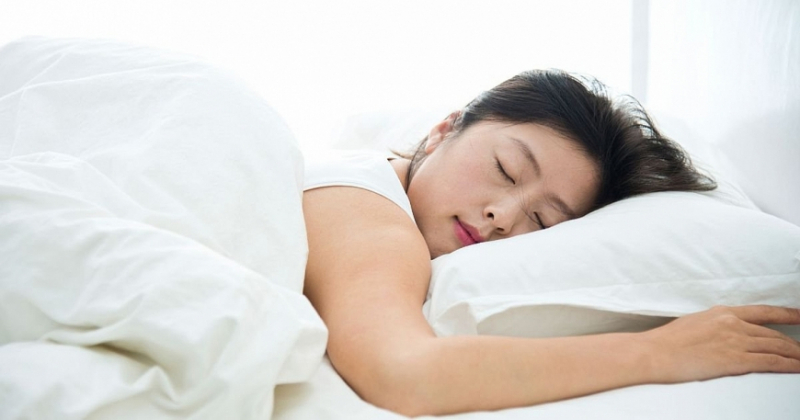
Notice negative self-talk 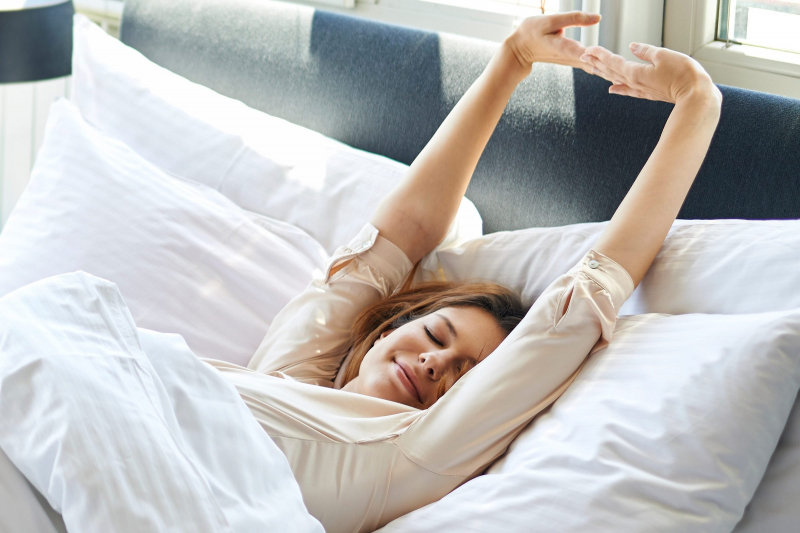
Notice negative self-talk -
The unhelpful thoughts can lead to a "vicious cycle of insomnia". Changing a bad thought into something positive is one of the most effective ways to overcome negative self-talk is to replace it with something more positive.
Switching to positive self-talk is easier said than done, but after you've identified negative thoughts, you can try it. Substituting negative phrases with good, relaxed statements might be beneficial in helping you relax. Here are some suggestions for replacing negative thinking in: "I'm not sure when or if I'll sleep, but it's good to unwind in bed"; "I'm not alone: millions of other people struggle to fall asleep"; "Whenever I fall asleep tonight, I'll make it through the day tomorrow", etc.
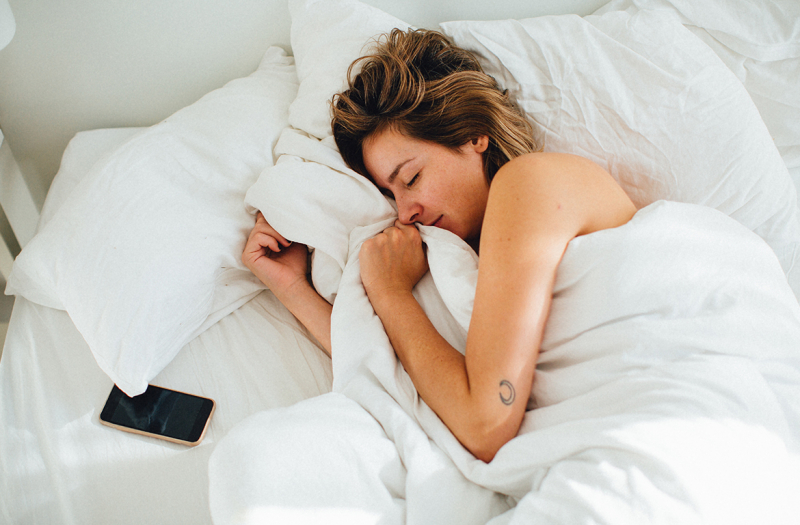
Replace negative thoughts with positive ones 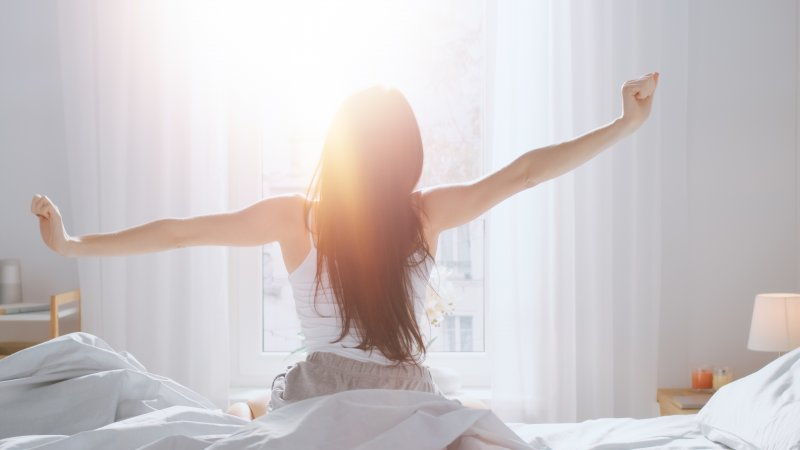
Replace negative thoughts with positive ones -
Good sleep habits (also known as "sleep hygiene") can help in getting a good night's sleep. You can take small steps by considering easy sleep tips, such as creating a sleep plan and incorporating physical activity into your daily routine.
Staring at televisions and other electronic gadgets do not help the brain to rest. Experiment with different ways to relax that is good for you. Reading a book, gentle stretching, and listening to music or soothing audio files are just a few options. You may start a new habit to include that technique into your evening routine after you've found what works for you.
While many people use alcohol to unwind, the rebound effects are real: while a nightcap may help you sleep quicker, your body will process the alcohol and you'll be more likely to wake up in the middle of the night.
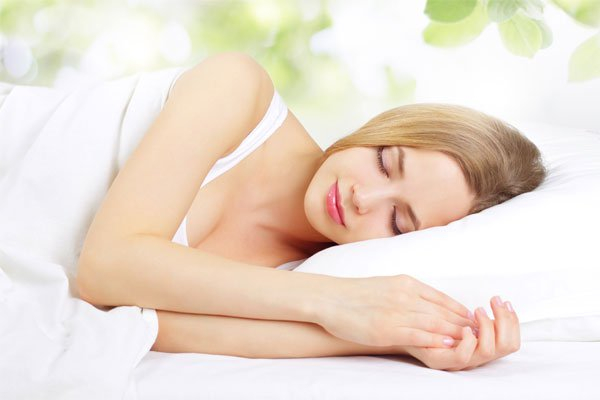
Improve nighttime sleep hygiene 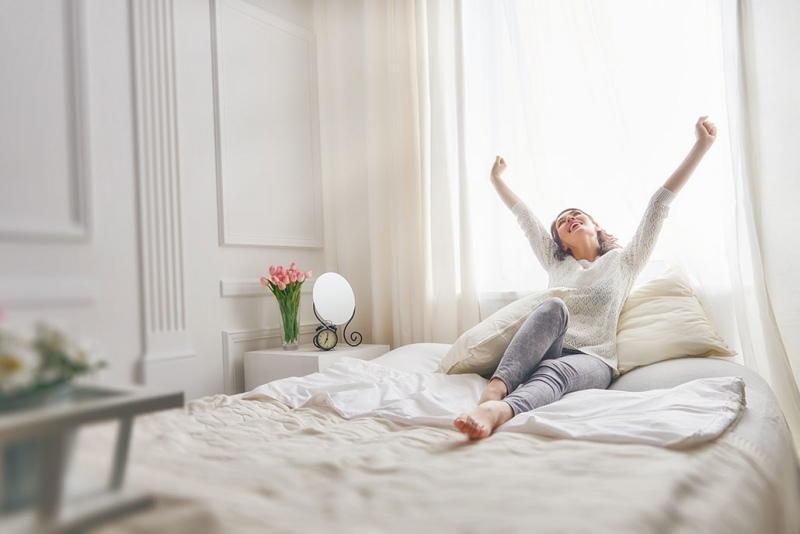
Improve nighttime sleep hygiene -
What you do during the day can have a major influence on how well you sleep later. Make sure you get enough exercise throughout the day since it has been shown to help with stress and anxiety.
Make sure you're not hungry or stuffed before going to bed. Avoid eating anything heavy or large within a couple of hours of going to bed. It's possible that your discomfort will keep you awake. Nicotine, coffee, and alcohol should all be avoided. Nicotine and caffeine's stimulating effects take hours to wear off and might disrupt sleep quality. Even though alcohol makes you sleepy at first, it might disturb sleep later in the night. Learning healthy coping mechanisms for stress throughout the day might also help you avoid bringing worried thoughts to bed with you.
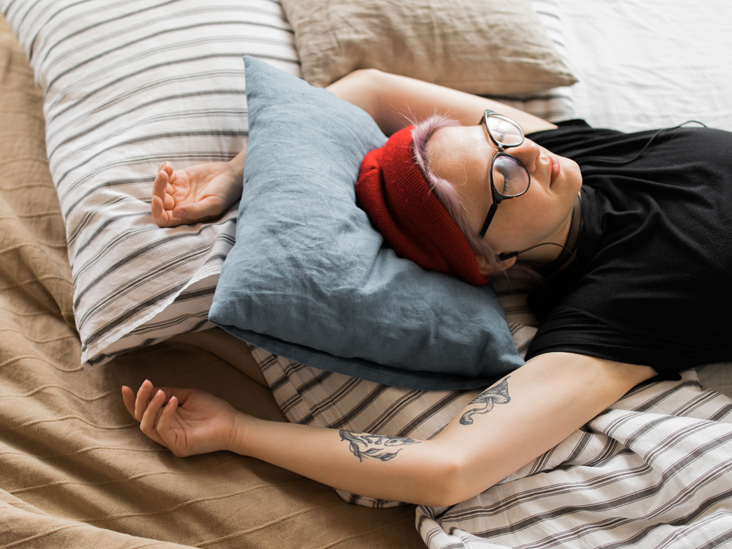
Improve daytime sleep hygiene 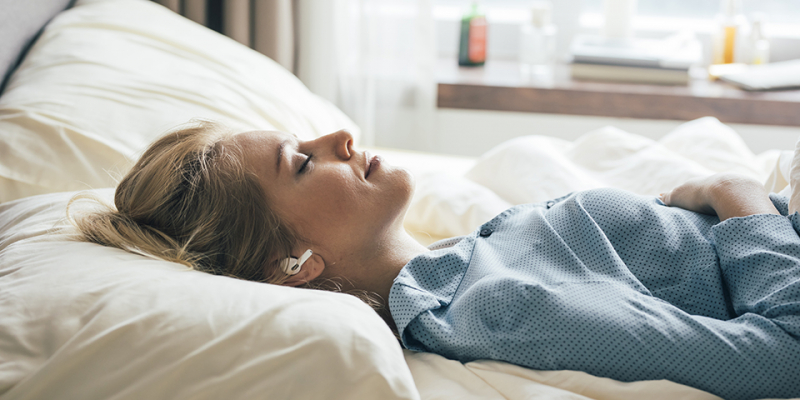
Improve daytime sleep hygiene -
For a good night's sleep, you need to be in a relaxing environment. People sleep better when their bedroom is optimized for light and noise levels, temperature, and comfort, according to studies. Because sleep quality and duration are related to other aspects of human health, creating a sleep-friendly environment in your bedroom can also improve how you feel when you're awake.
A sleeping-friendly environment typically involves something dark, quiet, cool, and comfortable. It may be more difficult to fall asleep if you are exposed to light. Before going to bed, avoid using light-emitting screens for an extended period of time. To create a setting that meets your requirements, consider utilizing room-darkening shades, earplugs, a fan, or other gadgets. Before night, try relaxing activities like taking a bath or using relaxation techniques to help you sleep better.
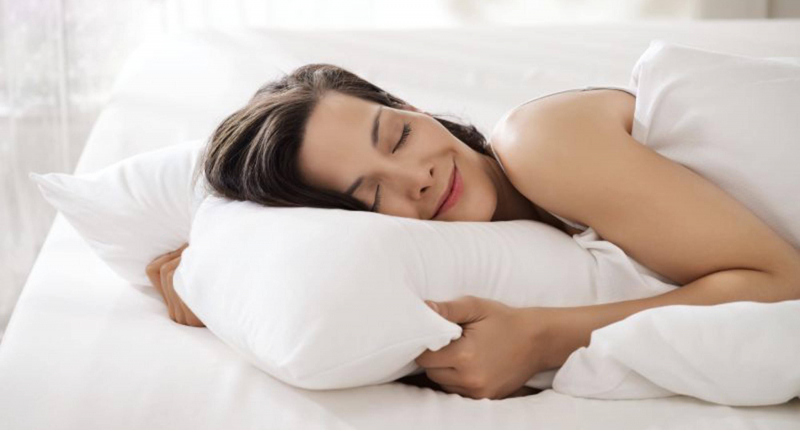
Create a restful environment 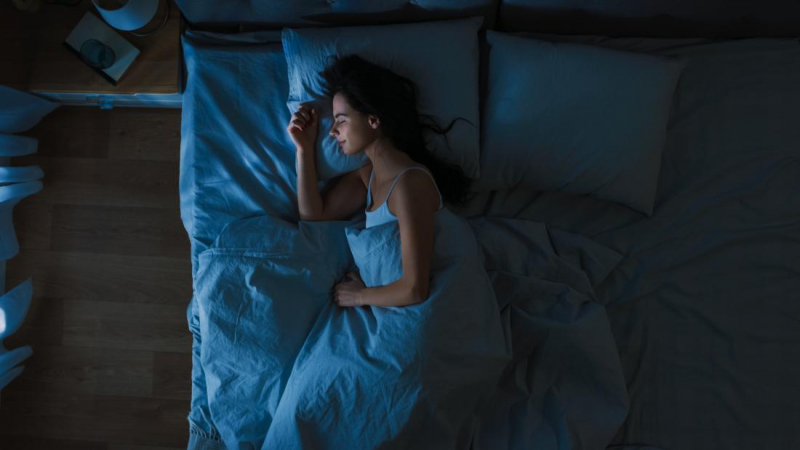
Create a restful environment -
The main goal of stimulus control therapy is to reduce anxiety or conditioned arousal in those who are trying to sleep. For example, if you frequently lie in bed and watch interesting shows, you may come to associate your bed with excitement. Stimulus control helps you to stick to a regular bedtime and just use your bed for sleeping. Furthermore, if you are unable to fall asleep within 20 minutes, the therapist may advise you to leave the room and return only when you feel sleepy after some time out.
To optimize the sleep-wake cycle by developing a solid link between a person's bed and sleeping, there must be a set timetable and precise bedtime practices. Consider the following example:
- Make it a habit to go to bed only when you're tired.
- If you're having trouble falling asleep, get up (again).
- Only sleep (or have sex) on your bed; don't read, watch TV, or eat in it.
- In the morning, always get up at the same hour.
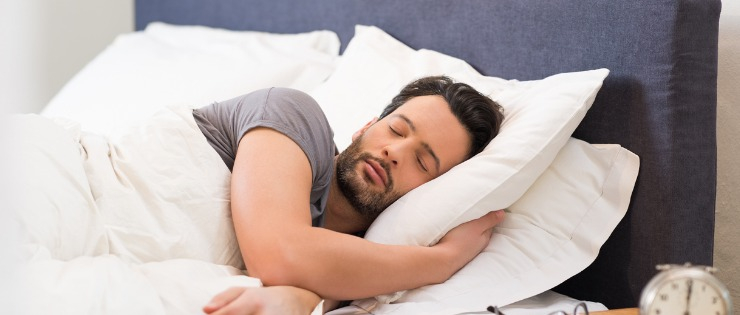
Try stimulus control therapy 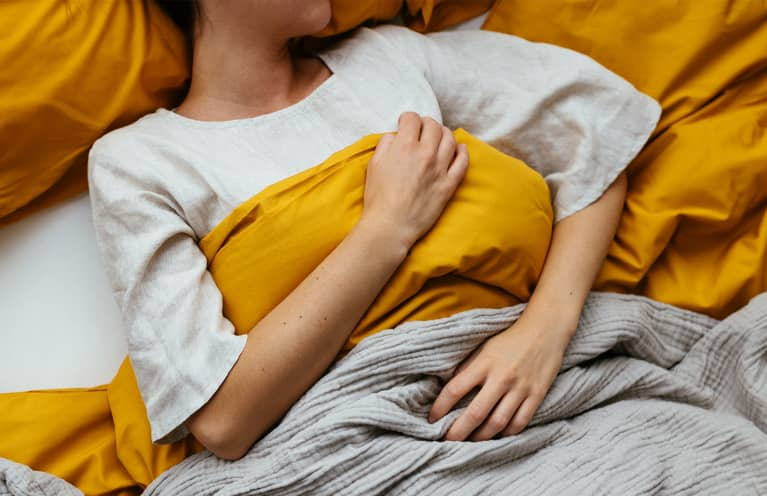
Try stimulus control therapy -
Insomnia is treated by sleep restriction, which is behavioral therapy. It works by reducing the amount of time you spend in bed in order to increase your sleep efficiency. Consider what would happen if you stayed up all night and only got two hours of sleep the next night. You'd most likely be exhausted, and that time would be spent sleeping deeply.
Sleep restriction helps train your brain to be asleep rather than nervous and awake when you're in bed by reducing the amount of time you spend awake in bed. You may feel more tired than normal in the early days of the process since it limits your overall time for potential sleep. Gradually, you'll be able to increase the amount of time you spend in bed each night while also improving your sleepiness levels.
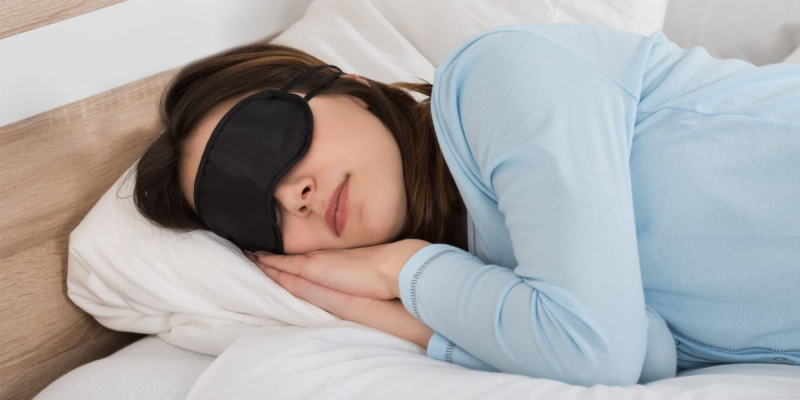
Restrict your sleep 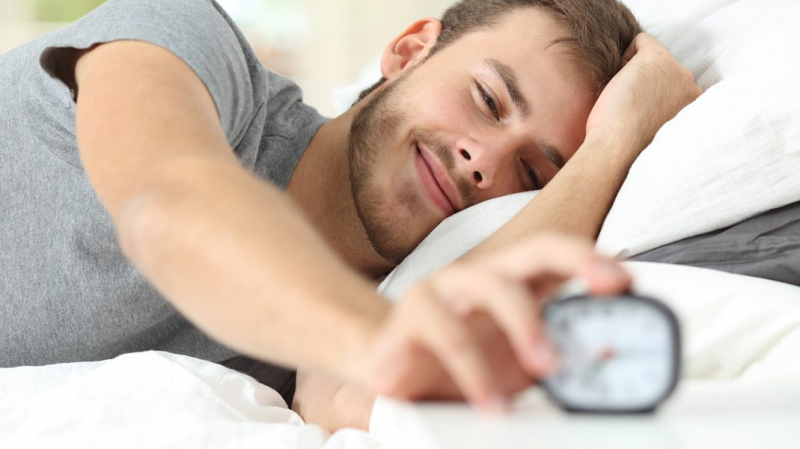
Restrict your sleep -
You may train your brain to relax in a variety of ways. Here are a few that may be helpful:
- Breathing exercises - Inhale deeply and thoroughly through your nose and exhale through your mouth. Counting each breath can help you calm your thoughts and reduce tension.
- Meditation: For those who haven't done much meditation before, the word might be intimidating. There are a number of free applications available that make meditation simple and straightforward to use. Most meditation approaches start with focusing on the breath, then noticing and letting go of disturbing thoughts.
- Muscle relaxation: Work your way through all of the body's parts mentally, beginning with the feet. Focus on a single area at a time, tensing and releasing as necessary. Your entire body should feel more relaxed by the end of the progression.
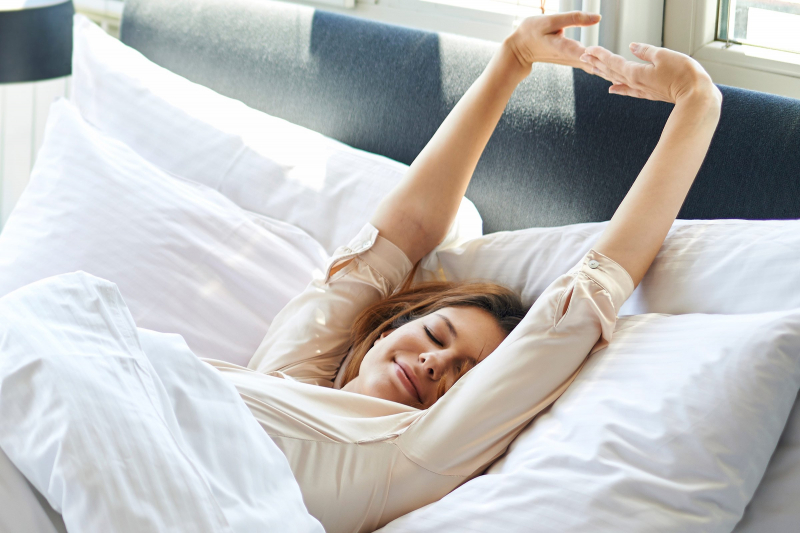
Work on relaxation techniques 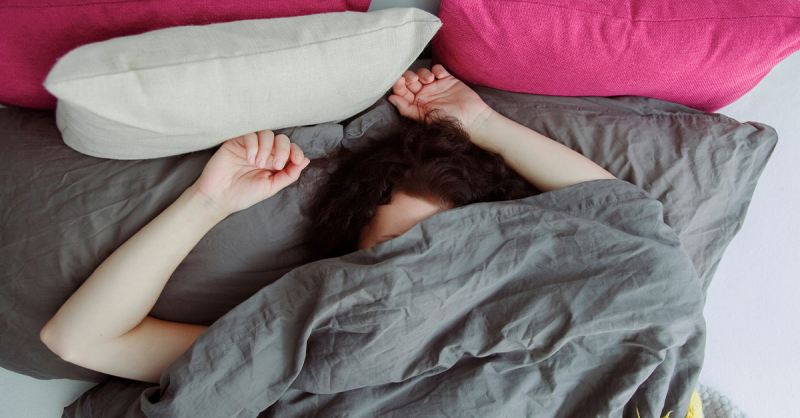
Work on relaxation techniques -
Because good sleepers don't use any strategies to fall asleep, paradoxical intention therapy has been recommended as a treatment. "Trying to fall asleep" is replaced with "trying to stay awake" in paradoxical intention therapy. The goal of the strategy is to have you take a more passive approach to sleep by deliberately stopping you from falling asleep.
The approach of encouraging a patient to engage in his or her most feared behavior is known as paradoxical intention. This sort of insomnia therapy is based on the assumption that performance anxiety prevents sleep from beginning. Surprisingly, if a patient stops attempting to fall asleep and instead tries to stay up as long as possible, the performance anxiety is likely to decrease, making sleep easier to come by. According to psychologist Arash Emamzadeh, all you need to do to fall asleep is try as hard as you can to stay awake.
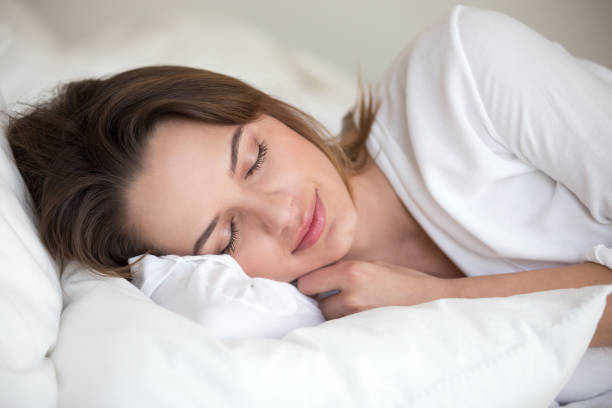
Try paradoxical intention 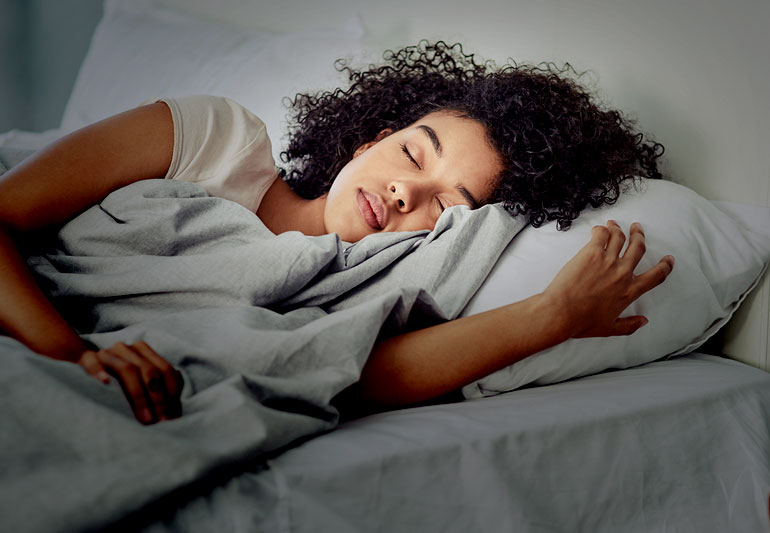
Try paradoxical intention -
Insomnia and other sleep problems are treated using light therapy. The goal is to re-set your body clock so that you are awake during the day and sleepy at night. If you have difficulties getting up in the morning, light therapy might help. If you have a habit of waking up too early in the morning, light therapy in the evening may be beneficial.
You'll sit 1-2 feet away from a light therapy box, which emits strong light while getting light therapy. Although the light is artificial, your body will perceive it as natural sunlight. The light tells your body to cease producing melatonin, a "sleep hormone." If you use light therapy on a regular basis and follow your doctor's advice, you might be able to adjust your sleep schedule to match your requirements.
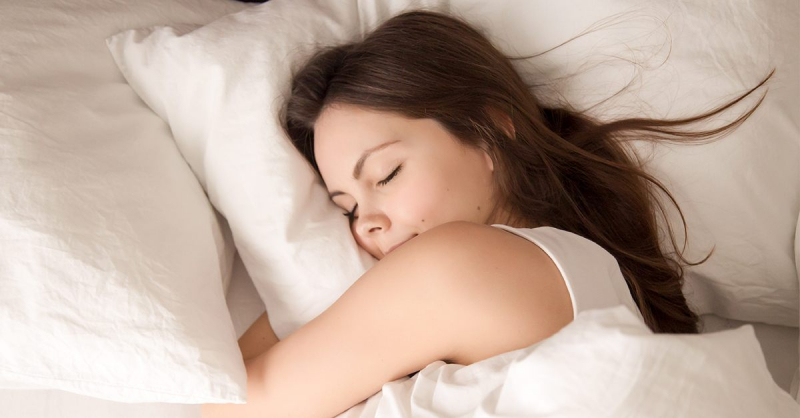
Try light therapy 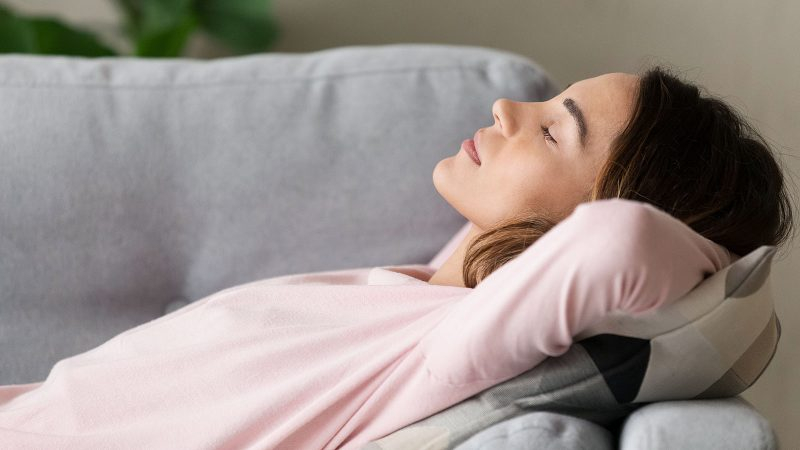
Try light therapy












